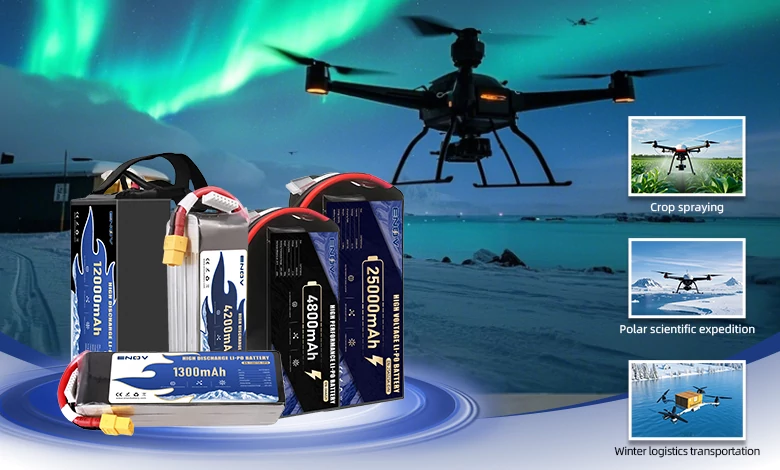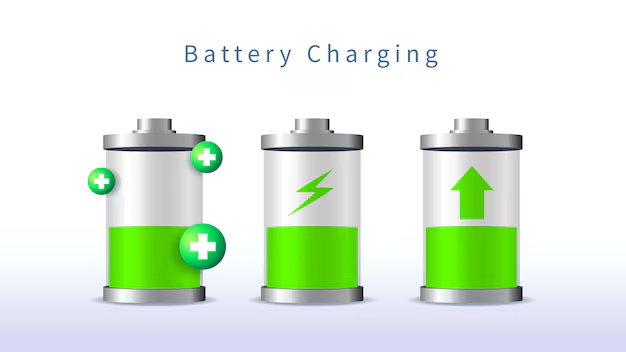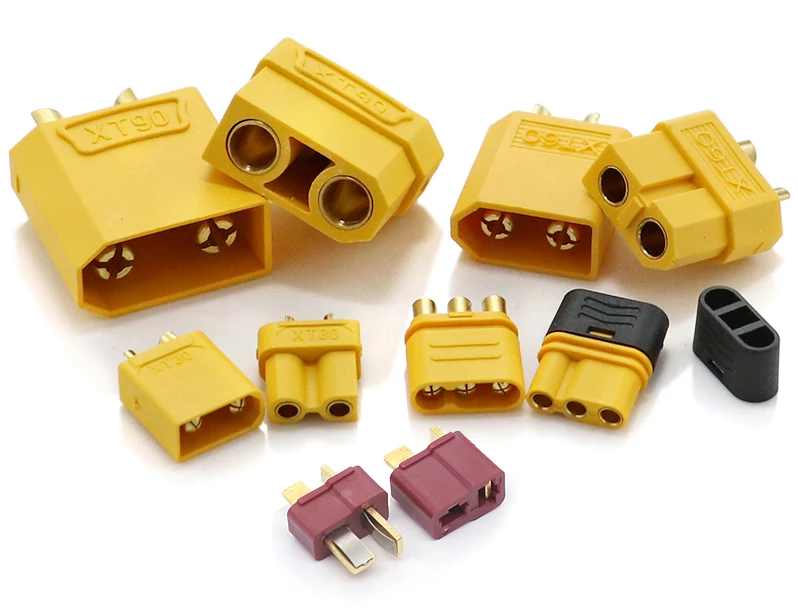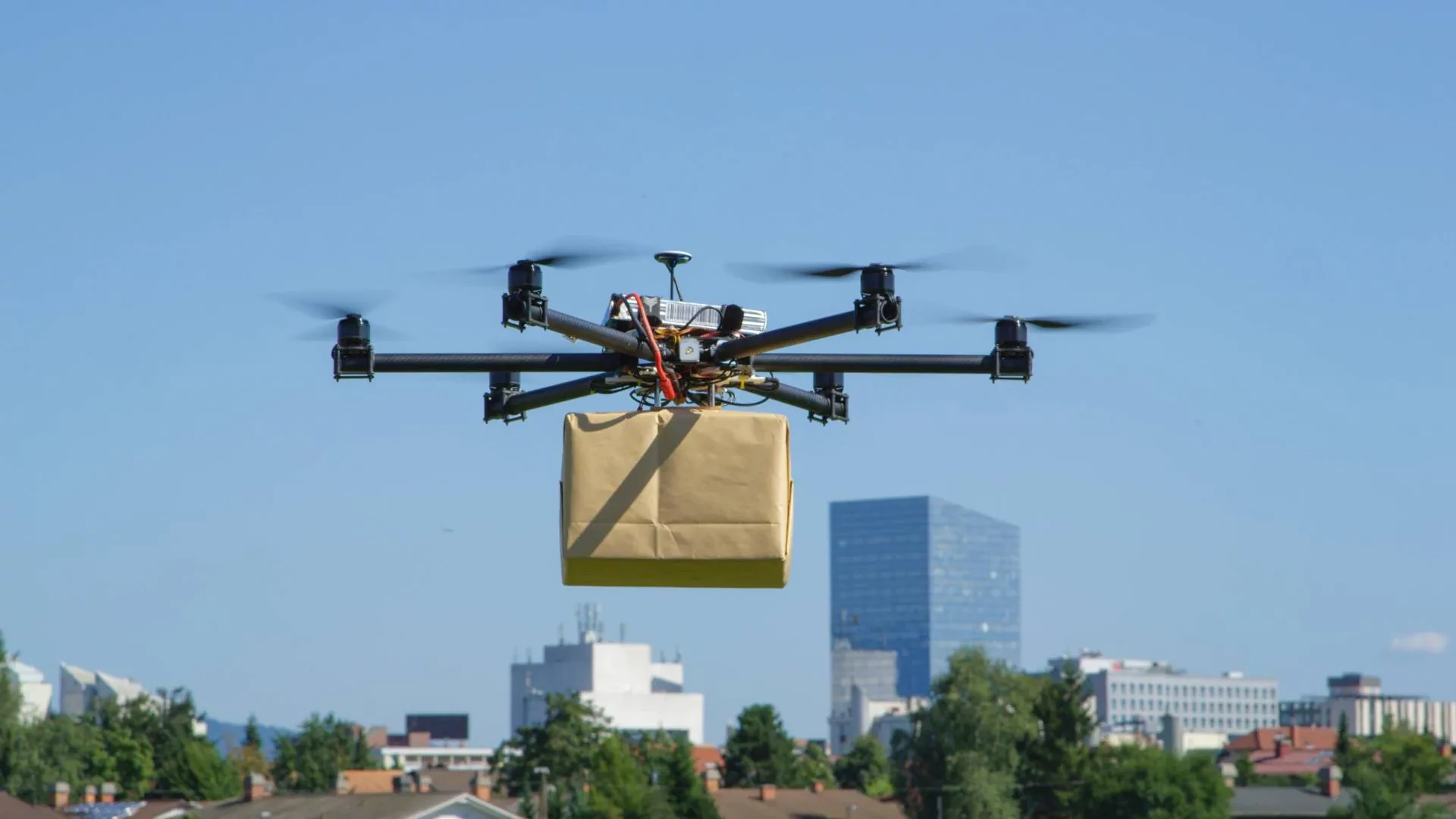Guidelines for Storage of Drone Batteries (Individual User Edition)

ENOV High-Energy drone batteries power industrial and commercial drones. Delivering 220–320 Wh/kg energy density, they enable long flight times (30+ mins) and support fast charging (2C). Perfect for aerial photography, surveillance, and delivery drones.
For individual users who only need to store a small number of drone lithium batteries, the focus is on simple and feasible protective measures, balancing safety and battery life.
1. Storage Environment: Find the Right "Small Space"
1.1 Suitable Temperature
Place the battery in a cool and dry place (such as a study drawer or storage cabinet), avoiding direct sunlight (such as windowsills), heating/air-conditioning vents, kitchens, and other high-temperature areas. The temperature should be kept as much as possible between 10-25℃. Do not place it on the balcony in winter or in the car in summer.
1.2 Humidity Control
Avoid placing it in humid environments such as bathrooms and kitchens. You can put the battery in a sealed bag with a small gap (not fully sealed to prevent moisture while allowing ventilation), and then put it in a dry drawer or box.
1.3 Keep Away from Hazardous Sources
Do not place it near fire sources such as lighters and mosquito-repellent incense, and do not put it together with metal objects such as keys, coins, and scissors (to prevent short circuits).
2. Before Storage: Make "Small Preparations"
2.1 Adjust Power
When not in use for a long time (more than 1 week), first adjust the battery power to about 50% (the voltage of each cell is about 3.8V; some drone batteries have a “storage mode” that can adjust automatically). Do not store with full charge (which accelerates aging) or complete discharge (which may cause permanent damage).
2.2 Simple Packaging
Use the original battery packaging or anti-static bags (available online); if not available, use clean cartons to pack them separately to avoid direct contact between multiple batteries (to prevent terminal short circuits).
3. During Storage: Pay Attention to "Small Details"
3.1 Placement Method
Place the battery upright, do not stack them (especially do not put heavy objects on them to prevent deformation of the outer shell), and leave a little gap between each battery for heat dissipation.
3.2 Regular Inspection
Check once every 2-3 months:
Appearance: Check for bulging, leakage, or cracks (stop using immediately if any problem is found);
Power: If the voltage is lower than 3.7V, charge it to about 50% before storing.
4. Safety and Disposal: Remember the "Small Rules"
4.1 Prohibited Operations
Do not disassemble, pierce the battery, or drop or squeeze it. If the battery is damaged, immediately place it in a fireproof bag (or metal box) and keep it away from flammable materials.
4.2 Fire Extinguishing Knowledge
In case of battery fire, do not pour water! Use dry powder fire extinguishers (or sand, fire blankets) to cover and extinguish the fire. At the same time, stay away from the fumes (toxic) and open windows for ventilation in time.
4.3 Scrap Disposal
Do not throw old or damaged batteries into the trash can. Find “waste battery recycling points” in communities or shopping malls, or contact the after-sales service of the drone brand for disposal.
Through the above methods, both enterprises for bulk storage and individuals for small-quantity storage can ensure safety while prolonging the “service life” of lithium batteries.
Quick inquiry
Drop us a line, and we’ll get back to you within 24 hours.

Ariana Yuan
Digital Operations Manager
Website Planning|Marketing Project Management for Drone Batteries|Scheduled Content Refresh|SEO Optimization

Ariana Yuan
Digital Operations Manager
Website Planning|Marketing Project Management for Drone Batteries|Scheduled Content Refresh|SEO Optimization




